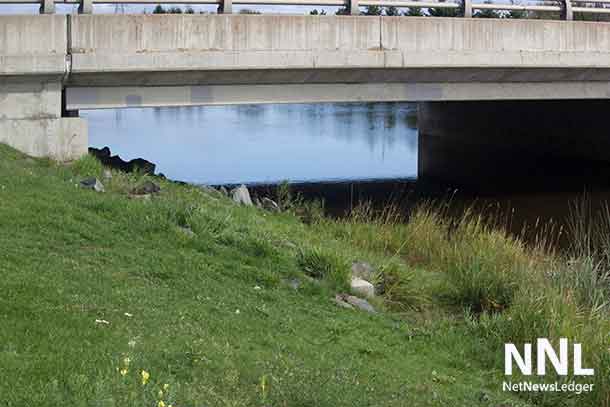Adjusting to Seasonal Changes: Navigating Bike Lanes and Road Safety in Winter Months
Winter Bike Lane Status in Thunder Bay
As the winter season approaches, Thunder Bay has announced that, effective November 15, bike lanes will be officially considered “closed.” This doesn’t mean they are off-limits to cyclists, but rather that they will not be maintained for debris clearance and may be used for snow storage as needed.
Cyclists are still welcome to use these lanes, along with other roadways, but must exercise increased caution due to the potential hazards of winter conditions.
Safety First: Recommendations for Winter Cyclists and Drivers
Darrik Smith, Thunder Bay’s Mobility Coordinator, emphasizes the importance of safety for all road users during the winter. Cyclists are advised to be particularly vigilant, utilizing lights and reflective clothing to enhance visibility. The use of hand signals is also encouraged for better communication with drivers. On the flip side, drivers are reminded to slow down, maintain a safe distance from bikes, and refrain from driving in bike lanes.
Parking Adjustments in Winter
In some areas of Thunder Bay, on-street parking restrictions in bike lanes, which are in place during other seasons, may be relaxed to accommodate winter parking needs. However, motorists and cyclists alike are advised to check local signage to ensure parking is permitted in these areas.
Anticipating Spring: Looking Ahead to Bike Lane Reopening
The city anticipates that bike lanes will reopen on May 1, 2024, contingent on weather conditions that permit the clearing of winter debris.
The Growing Trend of Winter Biking in Thunder Bay
- Popularity on the Rise: Winter biking and commuting are becoming increasingly popular in Thunder Bay, reflecting a broader trend of embracing year-round cycling.
- Essential Gear for Winter Cycling: To safely navigate winter conditions, cyclists should invest in appropriate gear, including studded tires for better traction, lights, and reflective clothing for visibility, and layers of clothing to manage the cold.
- Navigating Snowy Terrains: Riding in snow requires skill and caution. Cyclists should adjust their riding style to be more upright and avoid sharp turns.
- The Role of the City and Infrastructure: For winter cycling to continue growing in popularity, the city’s role in providing clear and safe pathways is crucial. This includes regular snow removal and de-icing of key routes.
- Community and Education: Building a community of winter cyclists and offering workshops or resources for safe winter riding can further encourage this healthy and environmentally friendly mode of transportation, even in the colder months.







